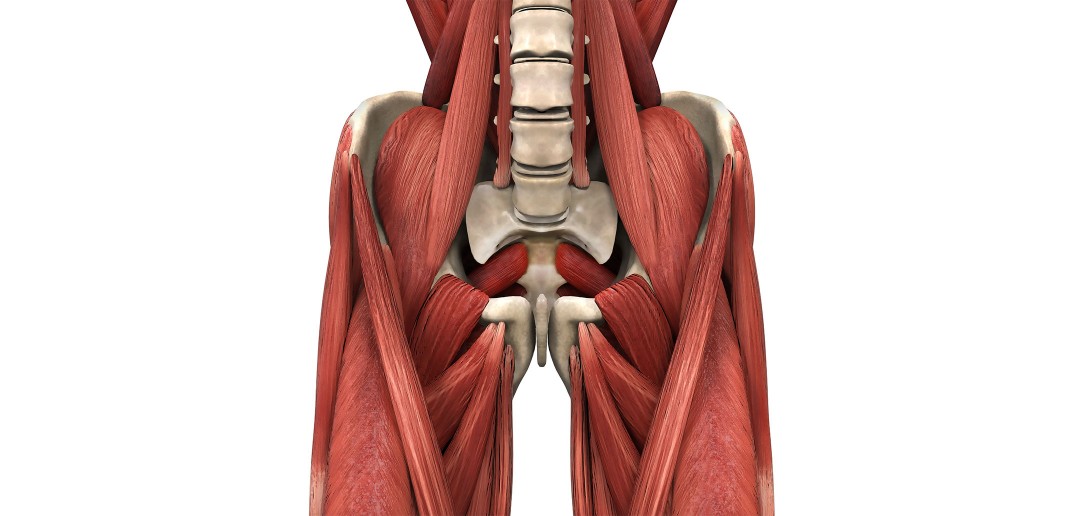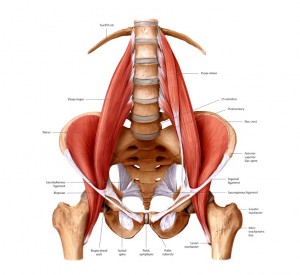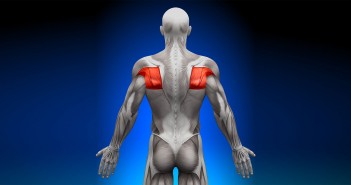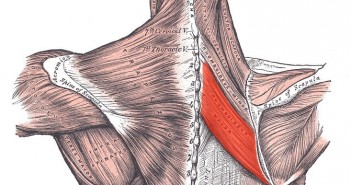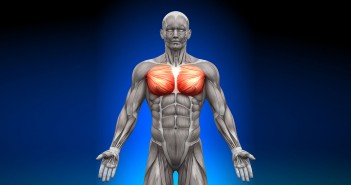The psoas major is a large, powerful muscle that helps move the upper leg (femur) and the torso closer together in a flexion movement.
It forms part of a group of muscles called the hip flexors, whose action is primarily to lift the upper leg towards the body, when the body is fixed, or to pull the body towards the leg, when the leg is fixed.
It also plays a role in rotating the thigh at the hip.
The Role of the Psoas Major in the Golf Swing
During the downswing, the obliques and psoas major are highly activated, creating a crunch-like position as your hips extend and your pelvis tilts (your belt buckle stays level, pointing forwards) while your chest remains over the ball.
The psoas major is an important part of your core, working to maintain posture, generate power, stabilise the body, and to decelerate the lower body for efficient energy transfer coming into impact.
Strengthening the psoas major is very important if you struggle with maintaining posture through the downswing and impact, especially with the longer clubs, where the greater length of the club’s shaft increases the forces that must be absorbed by the body.
Your hip flexors (including the psoas major) attach from your spine to your legs. When they are weak, they are not able to withstand the high forces of the longer clubs and are unable to hold your spine angle. This results in early extension (loss of spine angle) as the hip flexors lengthen under high loads, resulting in a loss of spinal posture before impact.
Psoas Major Exercises
Mobility exercises:
Pelvic Thrust on an Exercise Ball
Posterior Pelvic Tilt Exercise
Straight-Leg Heel Touch Exercise
If you found this article helpful, please show your support by telling all of your friends about us. Thank you.
If you have any questions or comments about this or other articles on Golf Loopy, please send us an email.
You May Also Like…
Overview of a Great Golf Swing, which summarises the correct movements in a great golf swing.
Golf Anatomy and Kinesiology, a collection of articles describing the roles of the muscles involved in the golf swing.
Core muscles, which describes the muscles that run the length of your trunk and torso.
Oblique muscles, which describes in more detail your side abdominals, which help you to bend from the side or twist your torso, and their role in the golf swing.

